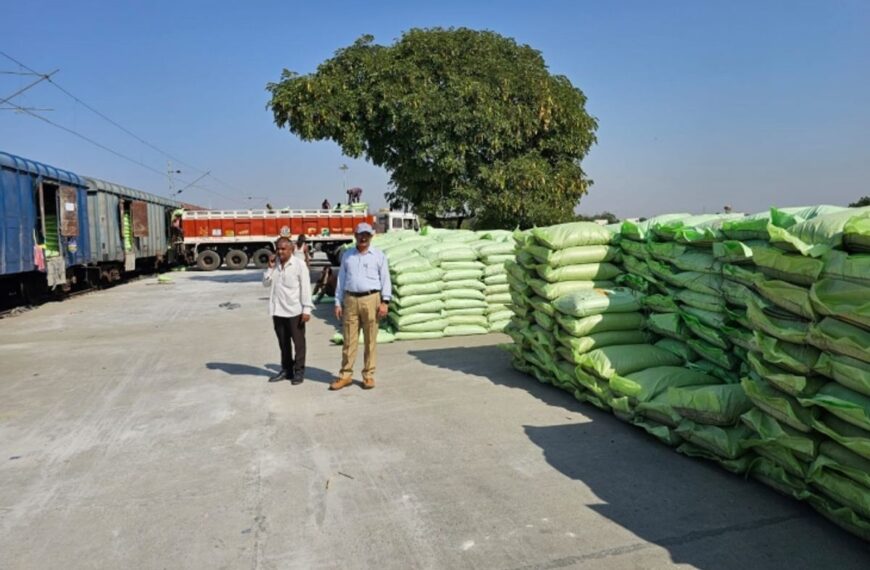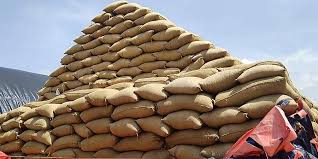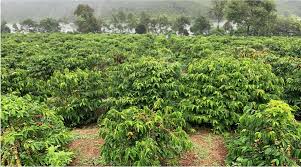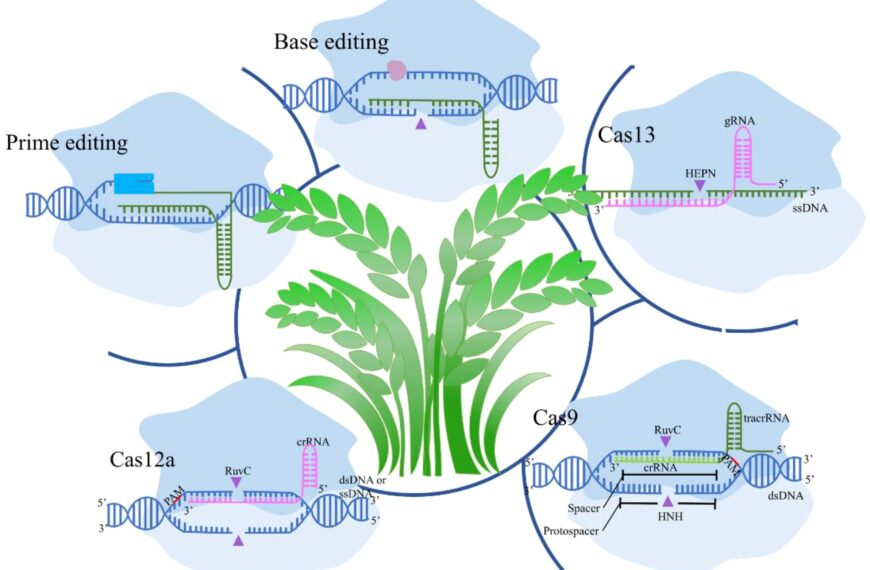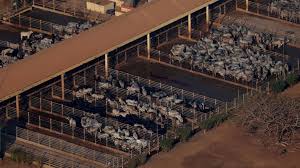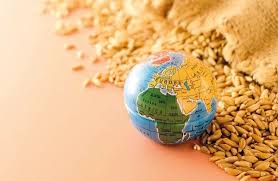
In a major development for the global grain trade, the Russian government has announced the complete elimination of its wheat export tax, effective July 9, 2025. The move marks a strategic shift aimed at enhancing the competitiveness of Russian wheat in international markets and stabilizing domestic grain policy.
The Russian Ministry of Agriculture confirmed that the wheat export duty would be set at zero for the first time since the current taxation mechanism was introduced in 2021. This system, known as the “grain damper,” was initially designed to protect the domestic market from price volatility by taxing 70% of the difference between the government’s base price and a weekly indicative market price.
As of early July, the indicative price for Russian wheat fell in line with the base threshold—approximately $228.70 per metric ton effectively nullifying the tax rate. This alignment triggered the automatic reduction of the duty to zero, according to the ministry’s latest calculations.
This policy change is expected to have significant implications for the global grain supply chain. Russia is the world’s largest wheat exporter, and the elimination of the export tax could lead to a surge in shipments, especially to key markets such as Egypt, Turkey, and countries across Africa and Asia.
Industry analysts say the move is likely to put downward pressure on global wheat prices, at a time when buyers are already grappling with economic uncertainty and food security challenges. Russian wheat already priced competitively is now set to become even more attractive in world markets.
“This decision reinforces Russia’s intention to remain a dominant force in the global wheat trade,” said Andrei Sizov, managing director of SovEcon, a leading agricultural consultancy. “It sends a clear message to global buyers ahead of the upcoming harvest season.”
However, some experts warn that domestic grain prices within Russia could rise if exports increase too rapidly, potentially prompting future policy adjustments such as quotas or the reintroduction of duties.
The tax had already been falling in recent months from a peak of over 4,600 rubles per ton (around $60) in January 2025 to just 56 rubles ($0.70) by late June. The current zero duty level will remain in effect until further notice, depending on weekly export price calculations.
As the new wheat marketing year begins, traders, millers, and policymakers across the globe will be closely watching the impact of Russia’s move on futures prices, shipping volumes, and food inflation trends.
This bold step by Moscow underscores the complex balance between supporting domestic producers and capturing global market share at a time when food security is high on the international agenda.



